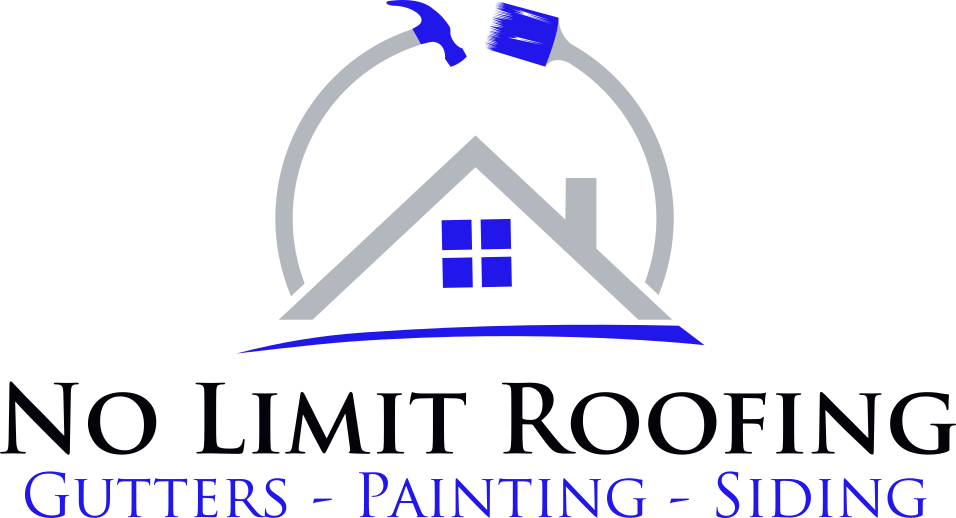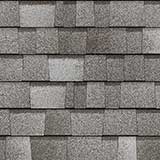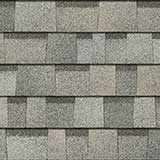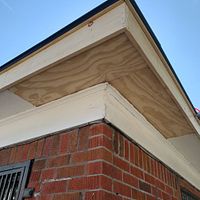It’s Hot, August Hot! How Does Your Roof Affect the Temperature of Your Home?!
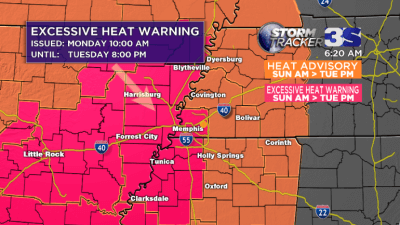
It is hot, August hot!! During these excessive heat advisory many people want to know how they can keep their home the coolest without spending too much on those energy bills. Believe it or not your roof has an effect on the temperature of your home.
There are many different roofing factors that play a role in the amount of heat that is either absorbed into your home or reflected off. These factors apply in the winter, too. Roofs that absorb more heat in the summer will also absorb more heat in the winter, which can actually be a positive if you live in a climate where it snows a lot. Plus, keeping your home toasty and warm in the winter. Let’s look at the four most important roofing factors that affect the temperature of your home:
Color
As you’ve probably heard from many, the color of your roof does affect how much heat is absorbed into your attic. A federal study has shown that the plywood under dark roofs in direct sunlight is consistently 10 to 15°F hotter than the plywood boards under light-colored roofs. If you think back to your elementary science class, it’s pretty easy to figure out why—darker colors tend to absorb more light, trapping heat in the roof, and allowing it to flow into your attic. Lighter colors, on the other hand, are reflective and cause much of the heat to from light rays to bounce off, meaning they hold much less heat than a darker roof.
Now, I know what you are thinking, why are there so many dark-colored roofs? And the answer is because they’re still practical in a lot of areas around the country. In colder areas that get a lot of snow, it can often be beneficial to have a darker roof, because the heat they absorb helps melt off the snow before it gets too heavy. According to Energy.gov, they recommend lighter-colored roofs for houses in warm and hot climates. But they note that light roofs may increase energy costs in cooler climates.
While the color of your roof does change the amount of heat that’s absorbed into your home, there are so many other factors that can change your home’s interior temperature that you shouldn’t shy away from a darker roof color. Ultimately, the best roof color for your home is the color you like best. You don’t have to say goodbye to your dark roof unless you want to reduce your summer cooling bills. Plus, advances in roofing materials and color selection mean you can likely find a color you like in a roofing material that suits your home’s climate.
Roofing Material
The material of your roof can have a big impact on how much heat is absorbed into your home. For example, an asphalt roof only reflects an estimated 30% of light that hits your home, regardless if you have dark or light shingles. On the other hand, a metal roof is very reflective, which means that a majority of light rays are reflected away from your home, keeping your home and attic at an even temperature year-round. Though these are the top two most common types of roofing material, every option, from tile roofs to concrete flat roofs, offers a different rate of light and heat absorption. If you have a favorite roofing material that you’d really like to install in your new home but are worried about its energy efficiency, it’s good to know that most materials do have a cool roof option.
Roofing Technology
Cool roofs are a great way to get the roofing color and material that you wanted, at a better energy efficiency rate. A cool roof is a roof that has been designed to absorb less heat and reflect more sunlight than a standard roof. Some roofing materials come in “cool roof” options, and others can be altered with a highly reflective type of paint or coating to absorb less heat. In most cases, a cool roof will stay at least 50°F cooler than a non-cool roof of the same color and construction. Though these materials often cost a bit more upfront, if you’re looking for energy savings, that’s what you’ll get. These types of roofs are sure to keep your home nice and cool, even on the hottest days of summer. They’re a great way to reduce air conditioning needs and save a bit of money on your energy bill.
Roof and Attic Construction
Regardless of what type of roofing material you end up with, the two most important factors are roofing construction and attic ventilation. These two factors go into keeping your home at a comfortable temperature. Any quality roofer will tell you that proper roof ventilation is the best way to ensure that your home stays cool in the summer. If your home is well-built, and your attic has the right amount of insulation, and ventilation so that excess heat can escape, then the heat coming in from the roof really shouldn’t have a major impact on the temperature of the rest of your home. Proper ventilation should provide cooling properties for your roof’s shingles, while insulation will keep any excess heat from reaching past your attic.
Total Protection Roofing System®
Optimize Airflow in Your Attic
Reduces heat and moisture buildup that can lead to ice damming, roof deterioration, and mold infestation. This helps airflow through the attic to manage temperature and moisture.
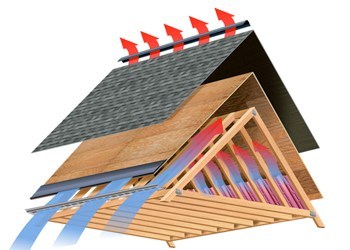
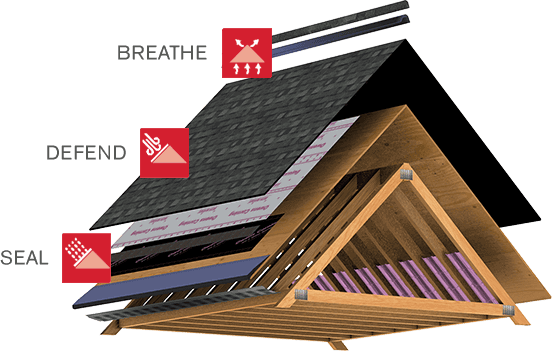
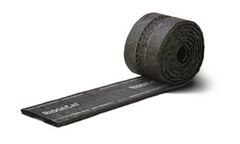
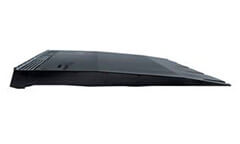
- Intake vents, which are located at the down-slope edge of the roof (eaves), allow fresh air into the attic.
- Exhaust vents, which are located near or on the ridgeline of the roof, allow air to leave the attic.
In the end, it’s important to choose a roof that works best for your home first. While shingle color, roofing material, and technology all can have an impact on the temperature of your home, a good roofer should be able to diminish those temperature differences with quality construction. If you’re looking for a local roofer you know you can trust to build you a high-quality call No Limit Roofing, 901-581- ROOF.
